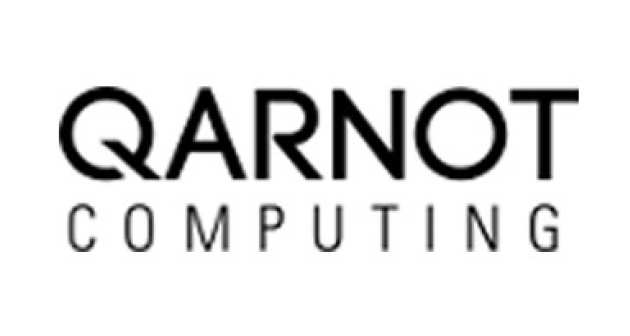How Future Buildings Could Redefine IoT Architectures
Speaker
Yanik Ngoko

Abstract
One of the biggest challenges in the Internet of Things (IoT) is the implementation of edge computing platforms. In order to improve the response time, confidentiality or energy consumption of IoT applications, parts of IoT services must be operated on servers, deployed close to connected devices. More specifically, for most IoT players, future IoT architectures will consist of a continuum of servers between a datacentre, located far away from connected devices, and edge servers deployed in cities, buildings, homes etc. In this vision, the closer we are from connected devices, the less powerful the computing servers are. Intelligent computation offloading will then become one of the major scheduling problems: where to run the computations in the continuum? On the devices, on an edge server, far away?
However, there are several obstacles to the implementation of this vision. One of them is urban integration: in general, the more powerful a computing machine, the more heat and noise it produces. Edge servers are expected to be more powerful than classical connected devices. How then is it possible to deploy such nodes in cities or buildings without negative impact on the community (heat, noises, landscape aesthetics etc.)? An obvious way to address this question is to conceptualize a deployment of servers that reaches a balance point between the quality of IoT services and the quality of user life. At Qarnot computing, we do believe in another path: it is possible to build edge platforms without compromising on the quality of urban life.
In this talk, we will discuss the Qarnot computing vision for the implementation of edge platforms. Urban integration, and intelligent offloading are some of the problems we will discuss. At the core of the Qarnot vision, there is a major technological disruption: the Q.rad, a digital heater that produces heat from the processors it embeds. Qarnot computing uses the digital heaters as a computing node of the first distributed middleware for both cloud and heating. Our presentation, will explain how we are currently extending the middleware for Edge computing and IoT.
Speaker Bio
Mr. Yanik Ngoko received his M.Sc. in Parallel and Numerical Computing from the University of Yaoundé I and his doctorate in Computer Science from the Institut National Polytechnique de Grenoble, France (2011). Since October 2014, he is a research engineer at Qarnot computing while being an associate researcher of the University of Paris 13 (Laboratoire d'Informatique de Paris Nord). His research interests include the design of new parallel computing models, the load balancing problem in distributed cloud computing middlewares and machine learning techniques for ambiant intelligence. Yanik Ngoko is the scientific coordinator of the French national research project ANR Greco whose objective is to build a new decentralized middleware for IoT.
Useful contacts
- Tom Curtin
Industrial Liaison Officer
T: +44 (0)20 7594 8382
LinkedIn
- Prof. William Knottenbelt
Director of Industrial Liaison
T: +44 (0)20 7594 8331